
Combine hard and smooth surfaces for a feeling of depth Photo credit: atlantahomesmag.com
Whether you have embarked on an interior design project with your favorite designer or you have ventured out on your own in a dining room, bedroom or living room re-do project, words such as focal point and anchor pieces start to become an all too familiar part of your vernacular.
But what is it that bridges all the furniture and accents together in a harmonious combination, creating engaging interest to the senses? Why does the right interior design combination construct an amazing level of comfort, beckoning you into a space with the promise of personal satisfaction if you linger for a bit?
A clue may be found in the space above, which shows how the right combination of layering hard and smooth surfaces can create a feast for the eyes.
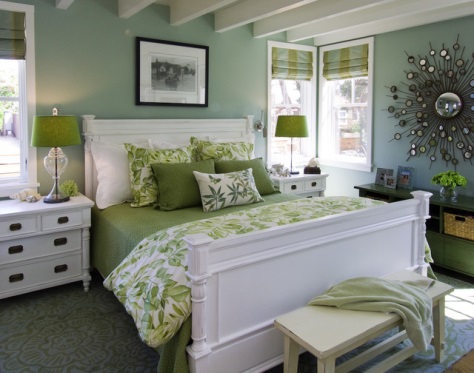
Color layering, especially contrast colors, creates depth. Photo credit: houzz.com
The photo above demonstrates how design depth can be achieved through color layering. Sharp contrasts of black and white, along with a color family of greens, offers a fresh soothing feeling throughout the room.
Designers everywhere will agree that one of the most important details to a successful design project is just that … knowing “it’s in the details.”
Layering is the intricate process of combining colors, textures, patterns and other elements in a space to achieve the right balance of configuration. Careful layering that is attentive to detail helps create design depth that sings with artistic composition and personalized style.
But if you’re not familiar with layering, knowing where to start can pose a real challenge to the home décor enthusiast or newbie designer in training.
The Quatrefoil Poster Bed from Hooker Furniture’s Mélange Collection provides fantastic details that can offer plenty of options for layering. With so many luxurious style choices in bedding and theme oriented accents, this sophisticated poster bed can offer the perfect starting point for a beach house or cottage style design project.
Here are a few simple steps to help you find the road to success in achieving design depth through the detailed method of layering.
1. Apply color to your bare palette. Your color scheme should be the first thing you decide upon even before the walls are even up (if you’re building a home). Your color scheme will become a reference point in making selections and will help you narrow down choices for every other area of your design project.
2. Use your color scheme in every decision. Keep samples and swatches with you at all times, because you never know where inspiration will be found.
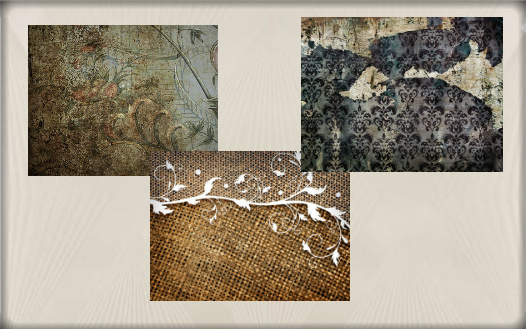
Swatch samples can make all the difference in making project decisions.
3. Flooring and wall coverings should evolve around the colors that you have chosen. The selections you make in these areas are the backdrop to everything else, so it is essential that they are flattering to your new color palette. This is where balance starts to play out an important role to successful layering.
4. Choose your furniture wisely. If your heart is set on a certain color combination, make sure your furniture conveys the right fabric patterns that will help you to maintain the goal of proper layering. Changing out accent furniture and accessories is much easier than switching out a custom ordered sofa and chair.
5. Once all the anchor pieces are in place and you are satisfied with your selections, start to consider the purpose of the room. This is where layering can do more than create aesthetic appeal; layering can also offer function as well.
The Quatrefoil Bedside Chest creates cohesive flow when partnered with the Quatrefoil poster bed while offering another flattering detail, along with function.
6. One simple way to achieve design depth through layering is to combine furniture pieces that match and complement each other. Combining pieces that come from a set or series can create uniformity.

This beach house pulls colors from the outside in. Photo credit: houzz.com.
The photo above shows a well-designed beach house with interior layering that pulls colors from the outside in, creating color flow that’s not just limited to the inside of the home, taking the combination to a whole new level of design depth visually.
Once all the paint has dried, the anchor pieces are in place and you have established the function of the space, the next stage of layering can be the “make it” or “break it” of tying your look together.
7. Create design depth with layering of window treatments. The best way to get a customized look is to go to the professionals. Have a consultation with a drapery designer and see just how far you can elevate the cohesiveness of your room with the right window treatments.
8. Personalize your style. Use items that tell a story about you and your family. Start seeking out collectibles on your adventures that will become a compliment to your new space, while holding the key to nostalgic value.
More great places to shop! I would like to announce the grand opening of location number three for my boutique, The Love Letter and Vintage Finds. You can find our third location in booth 355 at the Ohio Valley Antique Mall located on Route 4 in Fairfield, Ohio.
Never limit your options for finding great accent furniture and accessories. Looking and hunting for great items to polish your look is part of the adventure. So finally …
9. Do the unexpected. Mix wood and lace. Combine hard and smooth surfaces. Use a tea pot as a flower vase. If your style is ski lodge themed, use old ski poles for curtain rods. Make a great wall display from driftwood. Take salvaged building corbels and create a one of a kind shelf. Use old storage locker wire baskets as a place to display your favorite towels and toiletries. Use vintage silverware as hardware or drawer pulls.
Try thinking outside the box and don’t be afraid to try new things. The key to successful layering is to maintain a natural aesthetic flow, while tapping into the emotional depths of you as a person through items that are engaging.
The Solana Mirrored Console by Hooker Furniture has stunning visual depth with mirrored surfaces. Mirrored items make an area feel more spacious by creating an illusion of a larger room through the reflection, plus mirrors pay attention to the detail of a space by capturing images.
Your design project will have more meaning when you brand it with personal style. The idea is to display the finished project in such a way that visitors will immediately sense the passion that went into designing the space by the natural flow of what they see around them.

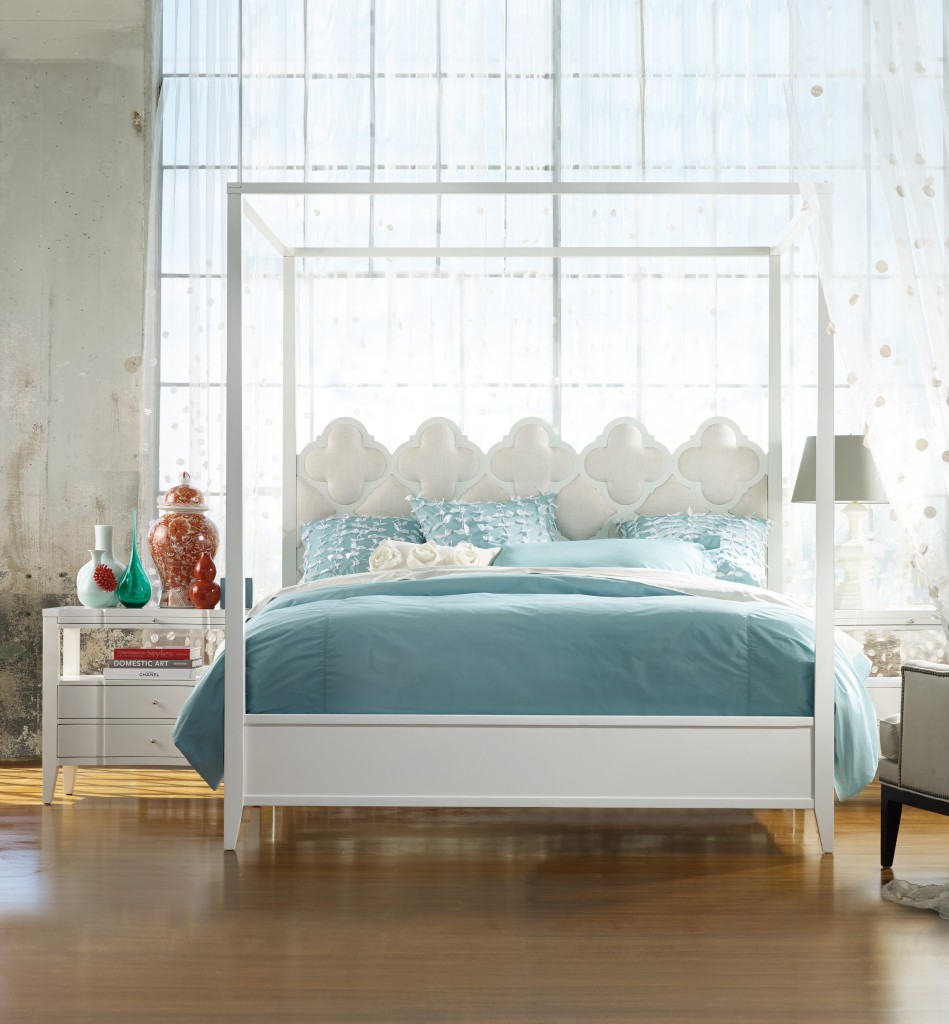
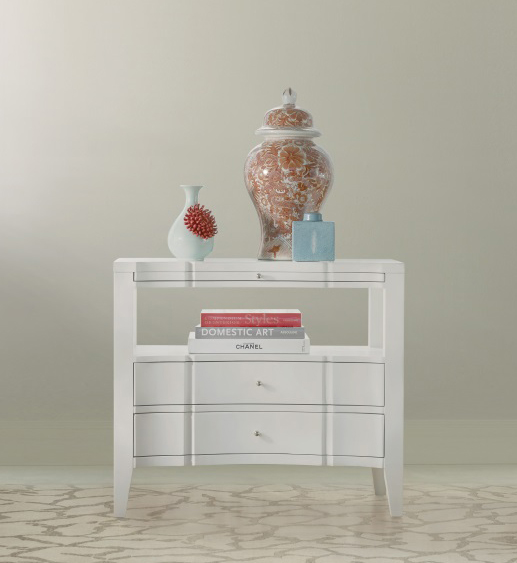
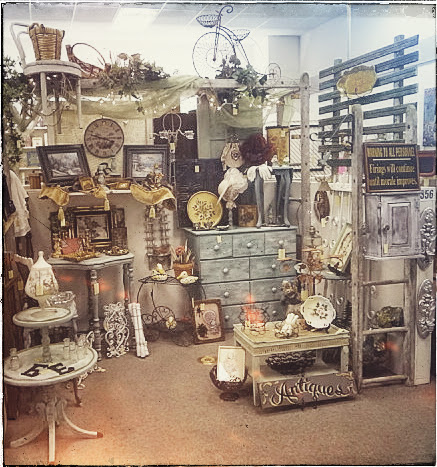
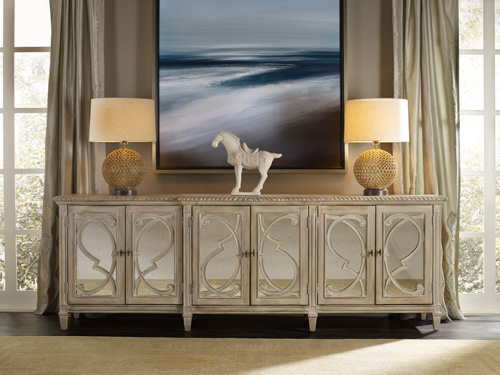




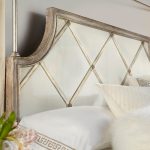
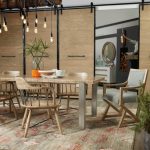
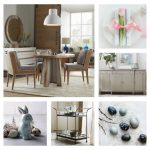



{ 0 comments… add one }